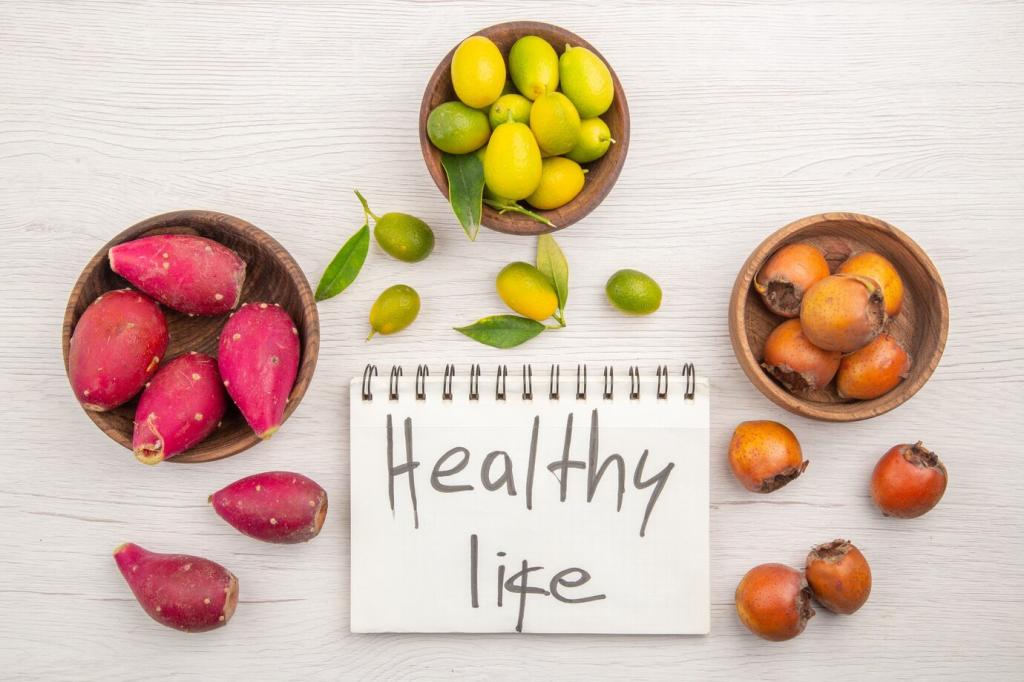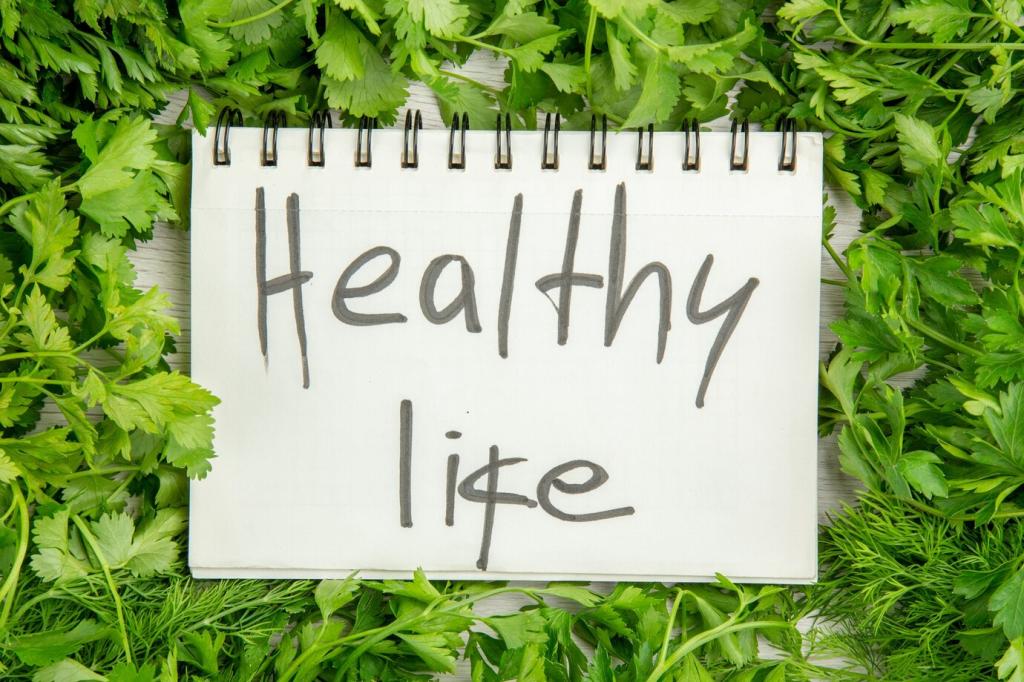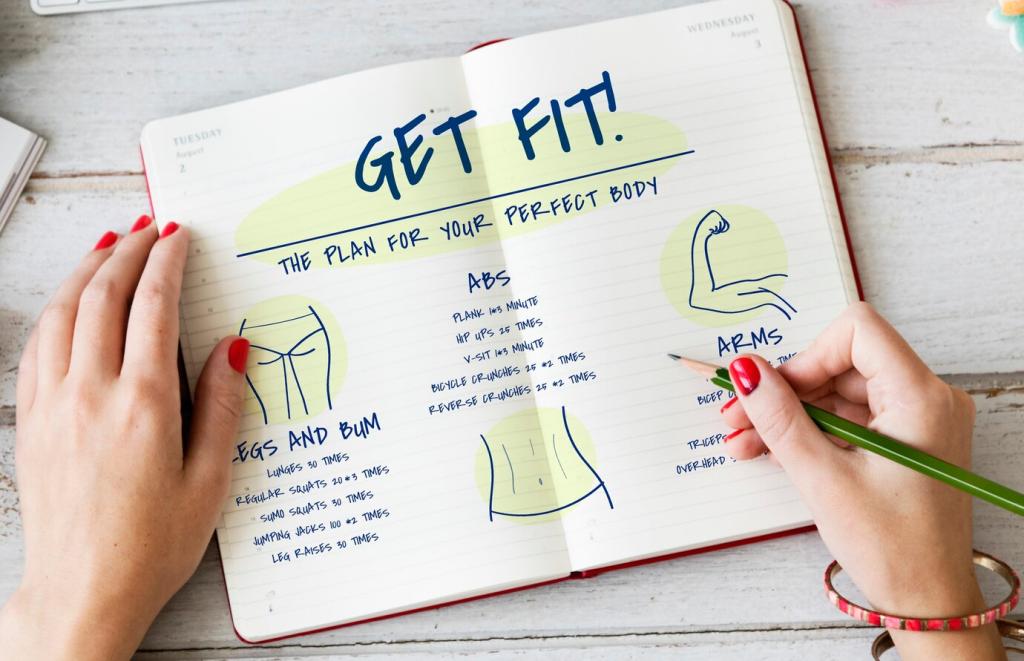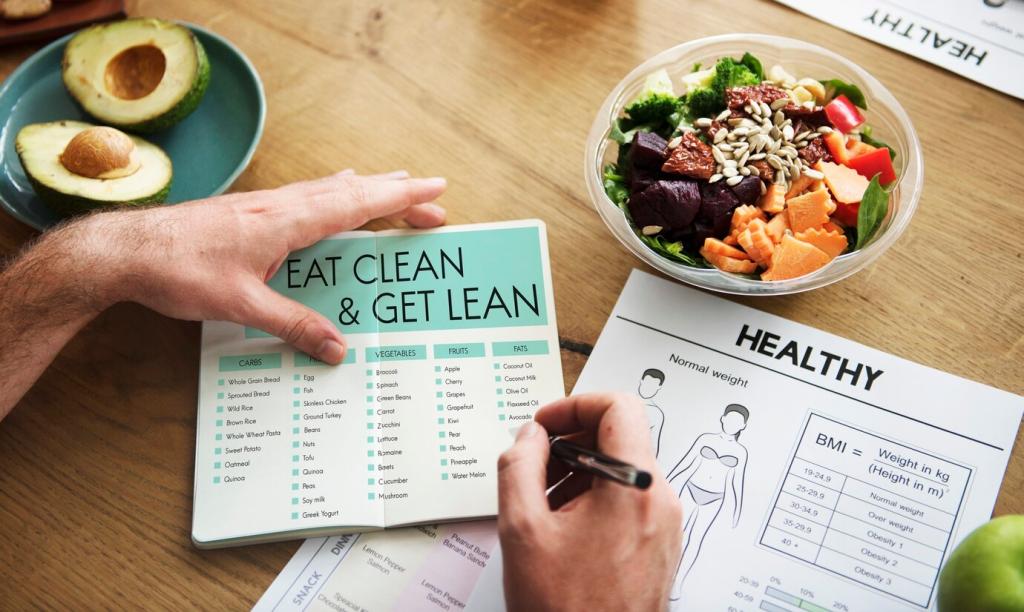Plan Before You Pan: Mapping a Week of Meals
Start by listing what you already have, then build five meals that share overlapping ingredients. This ensures every onion, grain, and protein works double duty, cutting waste and cost without sacrificing variety or flavor across the week.
Plan Before You Pan: Mapping a Week of Meals
Decide serving sizes now, not when you are hungry later. Portion into single and double servings for lunches and quick dinners, leaving one flexible container for leftovers that can pair with salads, wraps, or grain bowls midweek.
Plan Before You Pan: Mapping a Week of Meals
Block two hours, cue a favorite playlist, and assemble your stations: chop board, sheet pans, storage containers, labels, and timer. A small, consistent ritual turns batch cooking into routine self-care rather than a daunting weekend chore.






